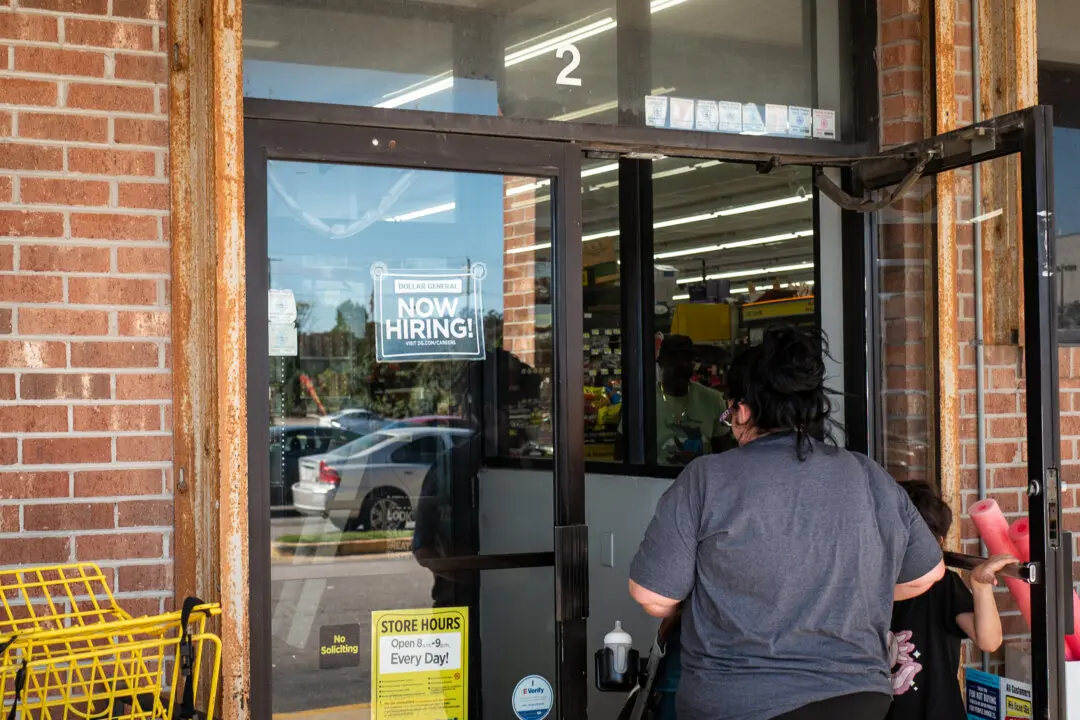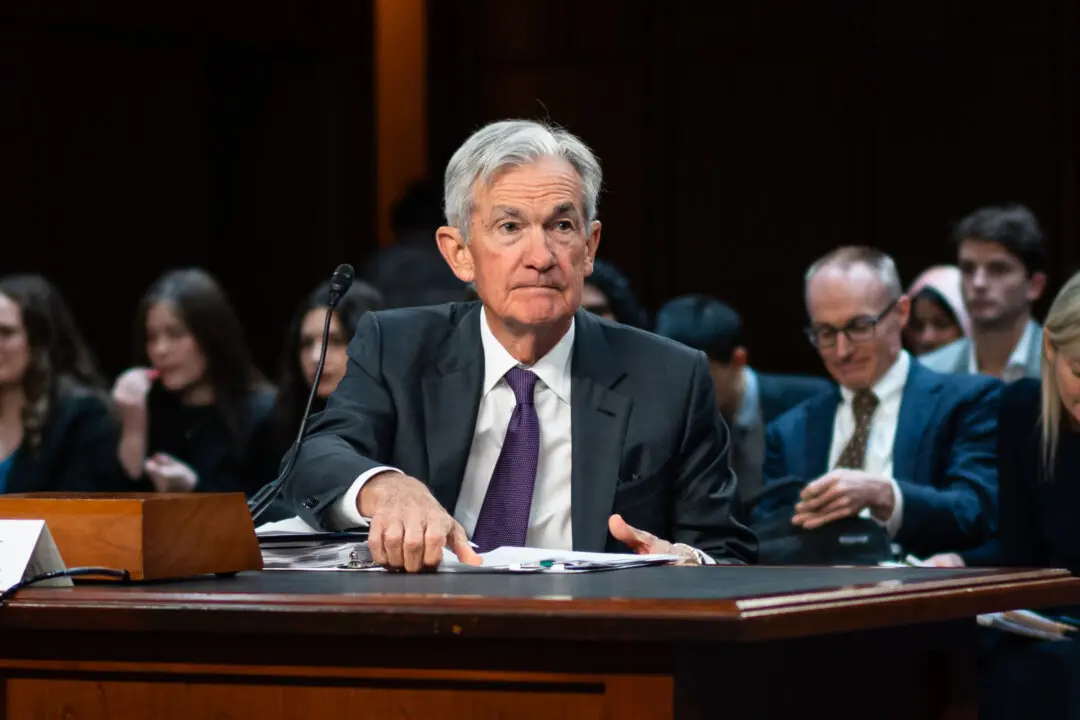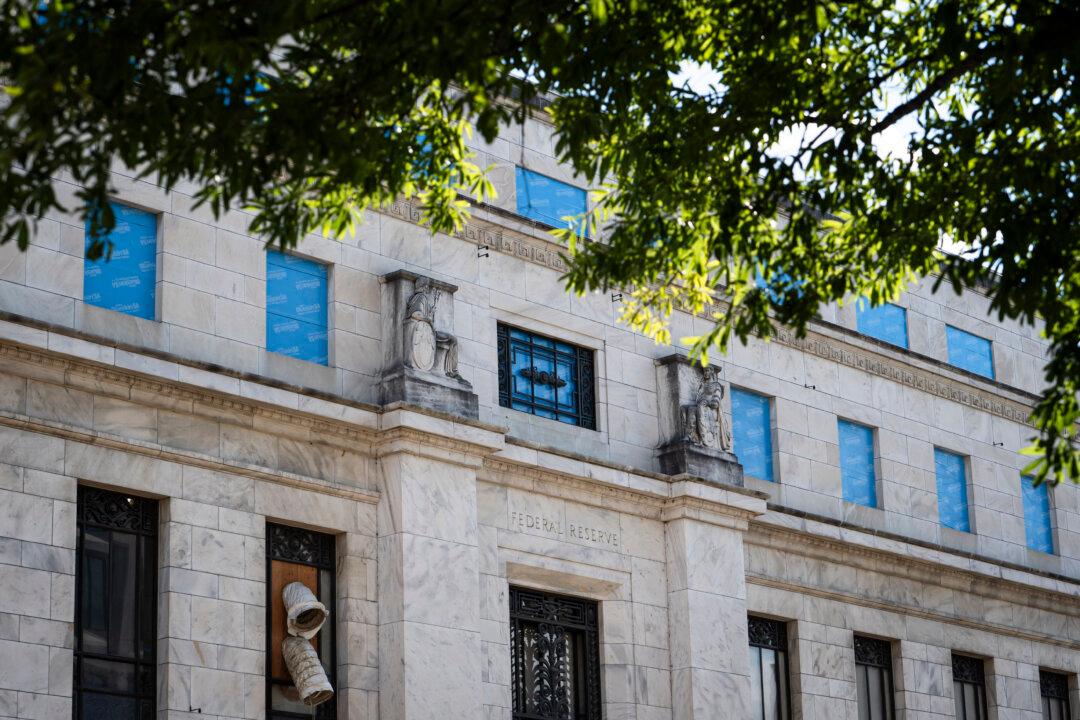Crude oil and natural gas prices are off to a hot start this year, driven by strengthening global demand, tighter supplies, and regulatory uncertainty.
But some Wall Street institutions and the U.S. Energy Information Administration (EIA) are split on whether this momentum will be sustained throughout 2022.





